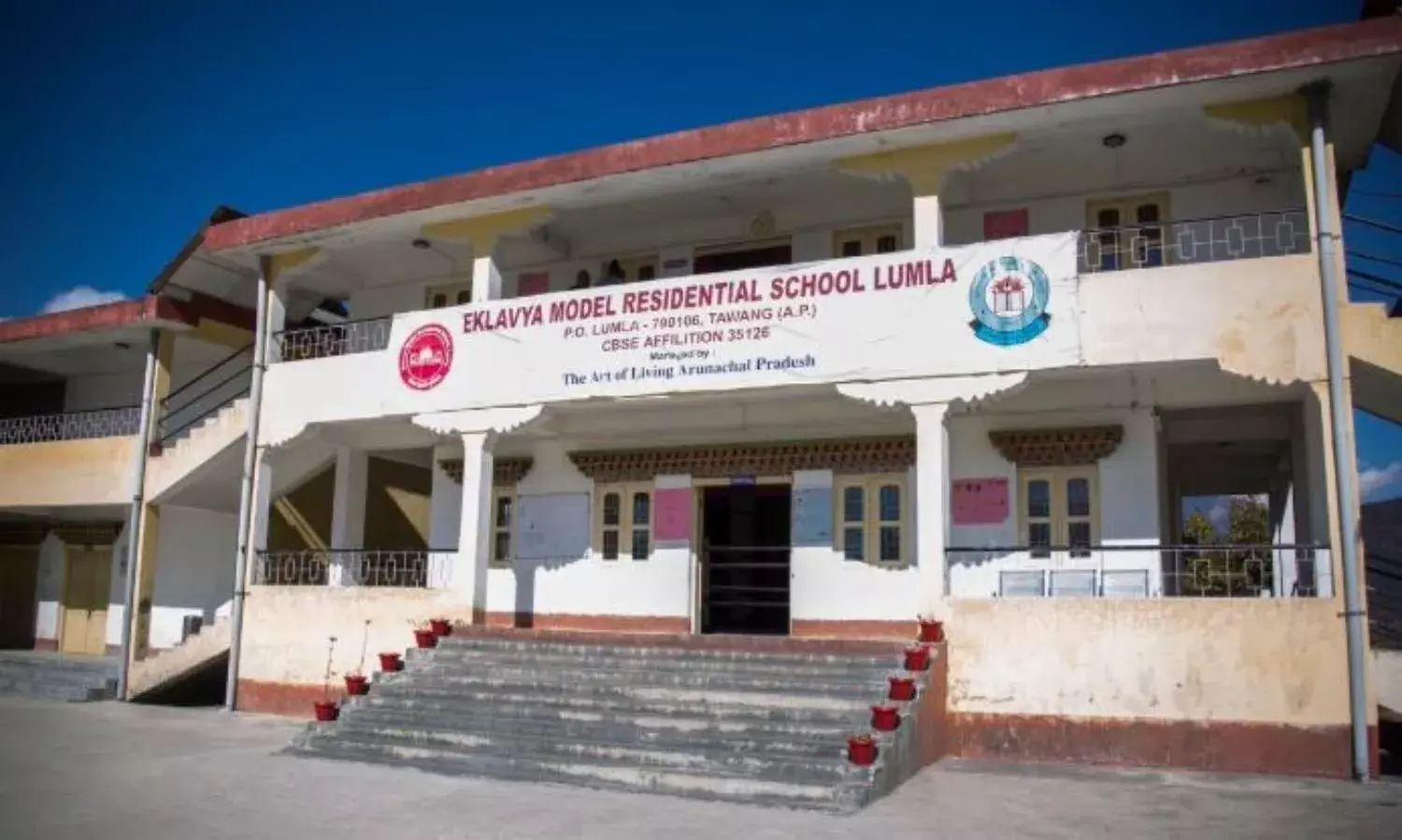After Spending Crores, Arunachal Govt Scraps 'Model Residential Schools'
Few takers

ITANAGAR: A flagship school education scheme of Arunachal Pradesh Chief Minister Pema Khandu amounting to almost Rs 35 crore is being abandoned.
In 2017 a proposal was made to establish ten ‘Model Residential Schools’ by August the following year, using funds from the state government and the central government’s Border Area Development Programme (BADP).
These co-educational schools would each admit 15 students in classes six and nine. The stated goal of the schools was to turn them into ‘Centres of Excellence’.
Officials said that that has hardly been the case.
Tomi Doke, one of the Deputy Directors of School Education said the scheme has been a failure.
"The initial plan was to establish ten non-residental schools in the districts eligible for BADP funds. Then senior officials changed it to make them residential schools," he said.
According to Doke the plan was later changed to include 13 additional schools, one in each district at the time.
“The MLAs wanted such schools to be established in all the districts,” he said.
Each of ten schools would have received Rs 9.97 crore for its construction. When the plan was expanded to include 13 additional schools, it was brought under the purview of the CM's Adhunik Pathshala Yojana and Rs 1 crore was allocated to upgrade existing schools in each district.
That took the total amount to Rs 34.9 crore.
The CM's Adhunik Pathshala Yojana [Modern School Scheme] had plans for the schools to have “high-tech” computer laboratories with laptops and free WiFi facilities.
On August 7, the state’s director of secondary education Gania Leij stated that funding for the schools would be stopped under the scheme.
"On account of failure in the implementation of Model Residential School (MRS) across the state due to various factors, the government has decided to stop further funding from the Department of Finance & Planning for continuation of Model Residential under CMAPY with effect from 2020-21," reads the official order issued by Leij to the deputy directors of school education in the districts.
According to Leij, some of the “various factors” were a lack of clarity of direction in establishing the schools, and why existing schools that do not have hostels for students were being made to turn into residential schools.
Doke added that the scheme should not have changed to incorporate residential schools, and that separate buildings should have been constructed for the Model Schools.
Most such schools were functioning in the premises of another school, where students enrolled under the scheme would attend their classes wearing a different set of uniforms.
Doke said they found that only three schools were functioning according to the norms, and that most had enrolled very few students under the scheme.
The government secondary school at Etalin in the Dibang Valley district had only five students, some of whom had to walk 8 kilometres to their 'residential' school.
In another, students of the existing school had been enrolled under the scheme.
The department had identified 15 model schools that were functioning.
Another reason the scheme ran into problems, according to Doke, was that its management had been handed over to the civil administration instead of the education department.
While many of the schools do not appear to be adhering to the guidelines, they claim to have utilised the funds. A few are still claiming their share of the remaining Rs 3 crore.
With funding for these schools set to be scrapped, it has now been decided by the state Cabinet that one government higher secondary school in all the district headquarters will be converted to a 'Model School'.
Leij's order says that the scheme will be discontinued, and that the students of these schools will be "admitted in nearby government middle and secondary schools for continuation of their studies".



